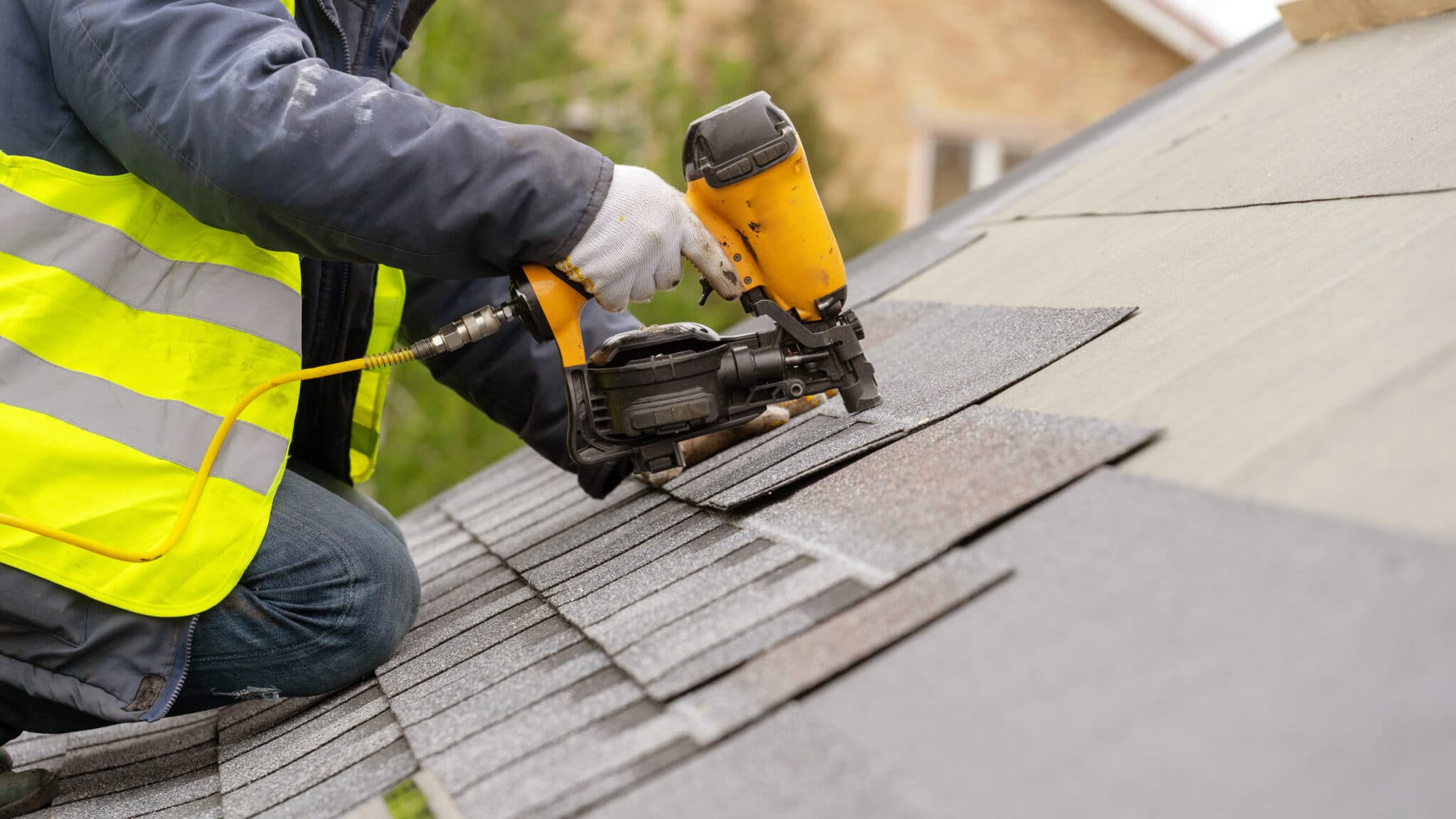
Image Source: Google
As a homeowner, taking care of your roof is essential to ensure the safety and integrity of your home. While some roofing issues may require professional help, there are many DIY roof repairs that you can tackle on your own. In this guide, we will provide you with tips and tricks to help you successfully repair your roof and save money in the process. You can explore this link for the best roof repair service in Newcastle.
Assessing the Damage
Inspecting Your Roof
- Start by visually inspecting your roof from the ground. Look for missing, cracked, or curled shingles, as well as any signs of water damage.
- Use a ladder to get a closer look at the roof. Walk around carefully and check for soft spots, sagging areas, or areas where the roof is leaking.
- Check the attic for signs of water damage, such as water stains or mold growth.
Determining the Scope of the Repair
- After assessing the damage, determine whether the repair is something you can handle on your own or if it requires professional help.
- If the damage is extensive or poses a safety risk, it's best to hire a professional roofer.
- For minor repairs like replacing a few shingles or sealing a small leak, DIY repairs can be a cost-effective solution.
Gathering the Necessary Materials
Materials Needed for DIY Roof Repairs
- Replacement shingles
- Roofing cement or sealant
- Roofing nails
- Roofing tar or patching material
- Roofing tape
- Roofing hammer or nail gun
- Ladder
- Safety harness
- Gloves and safety glasses
Choosing the Right Materials
- Make sure to choose shingles that match the existing ones on your roof in terms of color and style.
- Opt for high-quality roofing cement or sealant to ensure a durable and long-lasting repair.
- Invest in a sturdy ladder and safety harness to prevent accidents while working on the roof.
DIY Roof Repair Techniques
Replacing Damaged Shingles
- Start by carefully removing the damaged shingle using a roofing hammer or pry bar.
- Slide the new shingle into place and secure it with roofing nails.
- Apply a dab of roofing cement to seal the edges of the new shingle.
Sealing Roof Leaks
- Clean the area around the leak and remove any debris or loose materials.
- Apply roofing tar or patching material to the damaged area, making sure to cover the entire area around the leak.
- For small leaks, roofing tape can be used as a temporary solution until a more permanent repair can be made.
Safety Tips for DIY Roof Repairs
Safety Precautions to Follow
- Always use a sturdy ladder and safety harness when working on the roof to prevent falls.
- Avoid working on the roof in wet or icy conditions to prevent slipping accidents.
- Wear gloves and safety glasses to protect your hands and eyes from sharp materials and debris.
- Work with a partner to ensure someone is available to help in case of an emergency.
Knowing When to Call a Professional
- If the damage is extensive or poses a safety risk, it's best to hire a professional roofer.
- For complex repairs like replacing the entire roof or repairing structural damage, professional help is recommended.
- If you are unsure of how to safely perform a repair or lack the necessary tools and materials, it's best to leave it to the professionals.
By following the tips and techniques outlined in this guide, you can successfully tackle DIY roof repairs and maintain the integrity of your home. Remember to prioritize safety and take the time to assess the scope of the repair before getting started. With the right materials and a bit of know-how, you can save money and extend the life of your roof through DIY repairs.

 a business analyst and part time blogger. I am crazy about gathering latest information around the world. I have started this blog to share my knowledge & experience.
a business analyst and part time blogger. I am crazy about gathering latest information around the world. I have started this blog to share my knowledge & experience.